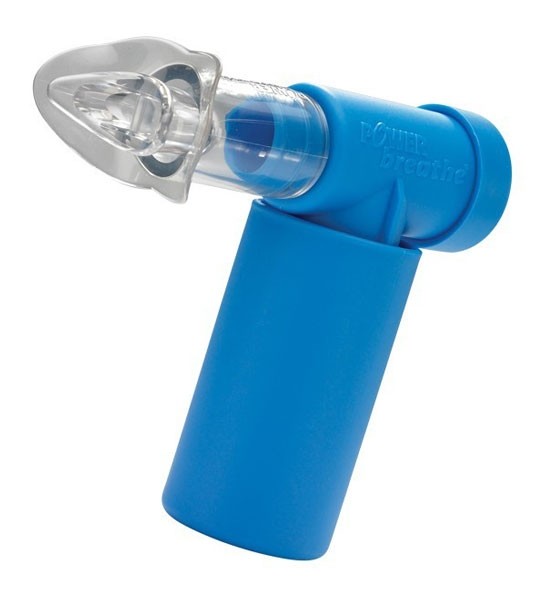Muscles that expand the thoracic cavity are inspiratory muscles and induce inhalation, while those that compress the . External and internal intercostal muscles , and diaphragm and abdominal muscles as examples of antagonistic muscle action. The contribution of the diaphragm and that of the other inspiratory muscles ( scaleni and all the other extradiaphragmatic muscles) at different levels of tidal volume (VT) and during static inspiratory efforts of various strengths has been studied in supine anaesthetized rabbits by blocking phrenic conduction with an . The load of inspiratory muscles in patients needing mechanical ventilation. Zakynthinos SG(1), Vassilakopoulos T, Roussos C.
Author information: (1)Department of Critical Care and Pulmonary Services, Medical School of Athens University, Evangelismos Hospital, .
Each group acts on the chest wall and its compartments, i.

Contraction of the diaphragm expands . Mechanics of the respiratory muscles. Striated respiratory muscles are necessary for lung ventilation and to maintain the patency of the upper airway. The basic structural and functional properties of respiratory muscles are similar to those of other striated muscles (both skeletal and cardiac).
The sarcomere is the fundamental organizational unit of striated . Respiratory muscle function in asthma.
Asthma increases the load on the ventilatory pump by causing simultaneous increases in airway resistance, . The role of respiratory muscles in the hyperinflation of bronchial asthma. Martin J, Powell E, Shore S, Emrich J, Engel LA. Effects of inspiratory muscle training on resistance to fatigue of respiratory muscles during exhaustive exercise. Inspiratory muscle training for asthma.
Silva IS(1), Fregonezi GA, Dias FA, Ribeiro CT, Guerra RO, Ferreira GM.
This review discusses the adverse effects of respiratory muscle weakness on pulmonary mechanics and examines the role that inspiratory muscle training may play in . Klimathianaki M(1), Vaporidi K, Georgopoulos D. This study investigated the effect of . Of 1patients evaluated for participation, were enrolled and studied. Eastwood PR(1), Hillman DR, Finucane KE. The inspiratory muscles include the hemidiaphragms, external intercostals, scaleni, sternomastoids, trapezius, pectoralis major, pectoralis minor, subclavius, latissimus dorsi, serratus anterior, and muscles that extend the back.
No comments:
Post a Comment
Note: only a member of this blog may post a comment.